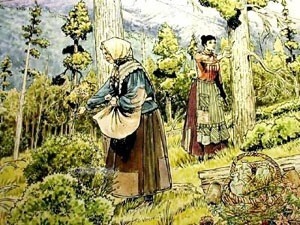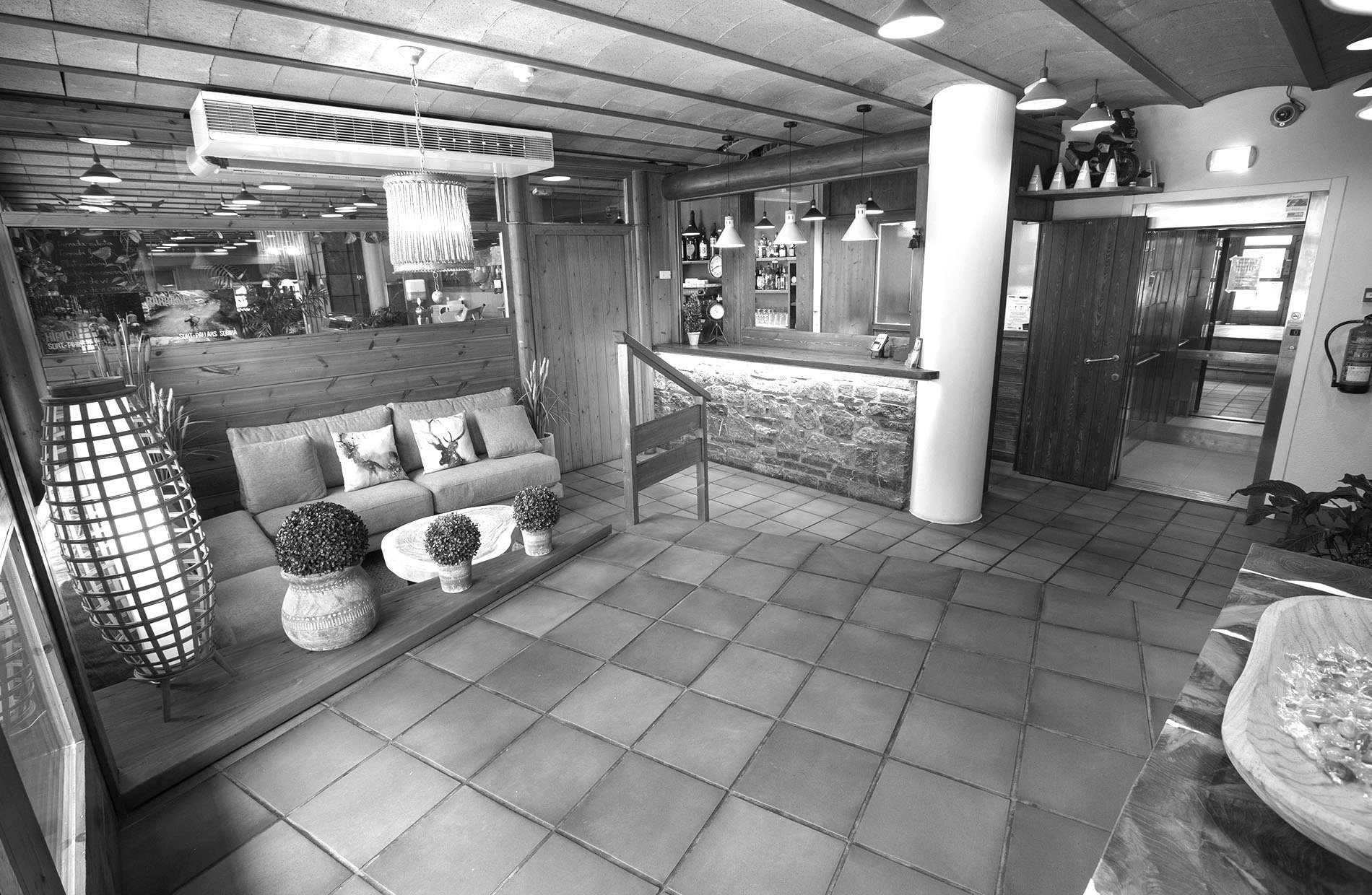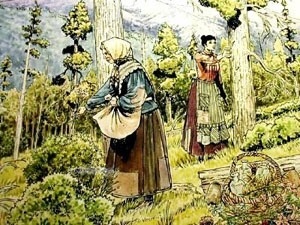
Not many years ago, some healers from the Pyrenees region traveled tens of kilometers on foot to bring herbs and healing products to the surrounding farmhouses.
The trade of trementinaire is already history, even if it is not written. And it is that these women never left any written testimony that showed that this trade really existed. Everything we know about them and their work has come down to us by oral transmission, through the memory of the people of the area, especially the daughters and granddaughters of trementinaires, and the people from outside the valley who saw them pass by or was staying at his house.
That is why I am interested in recovering them and spreading the old feminine craft of trementinaire on my blog, an exercise in wisdom that is the fruit of popular tradition.
The demographic pressure of the mid-nineteenth century caused the seasonal exodus of many men and women from these valleys to richer areas. And it was in this context of social dismemberment that many women from the valley dedicated themselves to extracting a means of survival from this rough and ungrateful land. Walking and loaded with herbs and oils, they would go "curing and curing all ills" through Catalan lands. So it seems that it was in the middle of the 19th century when the first journeys of the trementinaires began; in fact, the collective memory has no record of the existence of this occupation before 1875.
The knowledge of plants, their medicinal virtues and the processes of elaboration of ancestral remedies acquired by oral transmission, were, among others, the factors that motivated them to exercise this new trade.
This trade absorbed most of the female population of the valley for over a hundred years.
They marched once or twice a year and could be gone from a few days to four months. Most of the trementinaires always followed the same route, since the people of most of the farmhouses where they went were their clients year after year. They were not used to entering the big cities or frequenting the markets to sell their remedies, since they used a more personal and direct relationship with the people.
Of all the remedies sold by the trementinaires, the most requested product was undoubtedly turpentine, for this reason outside the valley people baptized the street vendors with the name of trementinaires. (We could translate it as “trementineras”, although as it is a trade that was only developed in Catalonia, there is no known official translation.)
The original process of making turpentine begins with the extraction of red pine resin. This, once purified, is ready to use. Its appearance, when cold, is solid, crystalline and dark. The known composition is that of a reworked turpentine from raw materials bought in drugstores -Greek glue- and in pharmacies -essence of turpentine.
Each trementinaire thus manufactured his own turpentine, and they could be found in different textures, colors and fluidities. The most frequent use given to turpentine is in the form of a patch to apply to the affected area. Turpentine patches were widely used against pain, bumps and sprains. It was also useful for treating spider and snake bites, for treating ulcers and major infections and against colds.
Although many of these women were illiterate, the trementinaires had all the necessary knowledge in their heads. Emília Llorens, one of the few witnesses who are still alive, accompanied Maria Majoral, her grandmother, on the trips from the age of seven to sixteen. Emília remembers that her grandmother always knew what to recommend in each case.
One of the most surprising aspects of this profession is its nomadic component. The trementinaires traveled on foot across vast territories from the Lavansa valley to the flat lands of the interior and the coast to sell their remedies. In some cases they reached the same coastal strip, and there are testimonies that they had sold herbs at the Sant Ponç Fair in Barcelona.
Source: A scrambled drawer
Link: http://ow.ly/kJDz5







